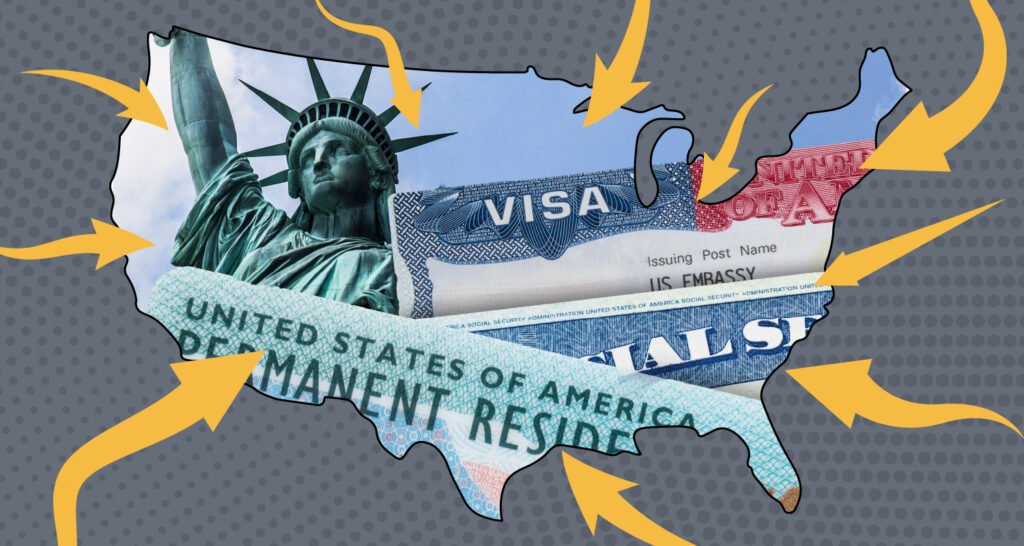Obtaining a Green Card in the United States is a significant milestone for researchers who wish to live and work in the country permanently. The Green Card, officially known as the Permanent Resident Card, provides numerous benefits and opportunities, including the ability to pursue research and contribute to the scientific community in the United States.

Step 1: Determine Eligibility
The first step in obtaining a Green Card as a researcher is to determine your eligibility. There are several categories that researchers may fall under, including:
- EB-1A: Extraordinary Ability
- EB-1B: Outstanding Professors and Researchers
- NIW: National Interest Waiver
Each category has specific requirements and criteria that must be met. It is essential to thoroughly review the eligibility criteria for each category to determine which one best suits your qualifications and achievements.

Step 2: Gather Documentation
Once you have determined your eligibility category, the next step is to gather the necessary documentation to support your Green Card application. This may include:
- Letters of recommendation from experts in your field
- Evidence of your contributions to the scientific community
- Proof of your academic achievements
- Publication records
- Documentation of any awards or grants you have received
It is crucial to ensure that all documentation is organized and properly prepared to strengthen your application.
Step 3: File the Petition
After gathering the necessary documentation, you will need to file a petition with the United States Citizenship and Immigration Services (USCIS). The specific forms and procedures will vary depending on your eligibility category. It is recommended to consult with an immigration attorney or seek professional guidance to ensure that your petition is filed correctly and accurately.
Step 4: Wait for USCIS Decision
After filing the petition, you will need to wait for the USCIS to review your application. The processing time can vary, but it is essential to be patient during this stage. You may be required to attend an interview or provide additional evidence if requested by the USCIS.

Step 5: Consular Processing
If your petition is approved, the next step is consular processing. This involves applying for an immigrant visa at a U.S. consulate or embassy in your home country. The consular officer will review your application and conduct a visa interview. If successful, you will be granted an immigrant visa, which allows you to enter the United States as a permanent resident.
Conclusion
Obtaining a Green Card as a researcher in the United States is a complex process that requires careful planning and preparation. By following the step-by-step guide outlined above, you can navigate the application process with confidence and increase your chances of success. Remember to consult with an immigration attorney or seek professional guidance to ensure that your application is accurate and complete.


